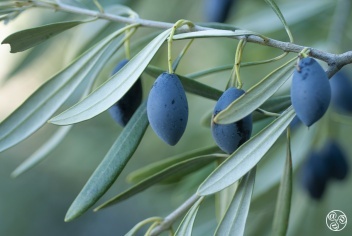Via Verde of Olive Oil
This vía verde (greenway) covers 55km between Jaen and the Guadajoz river, where it joins the Vía Verde of the Subbética. It is suitable for walkers, cyclists and wheelchair users. This greenway follows part of the 120km-long Jaen-Puente Genil railway line used for transporting olive oil from the late 19th century onwards, linking Jaen with Malaga and Algeciras and opening up the market for oil.
